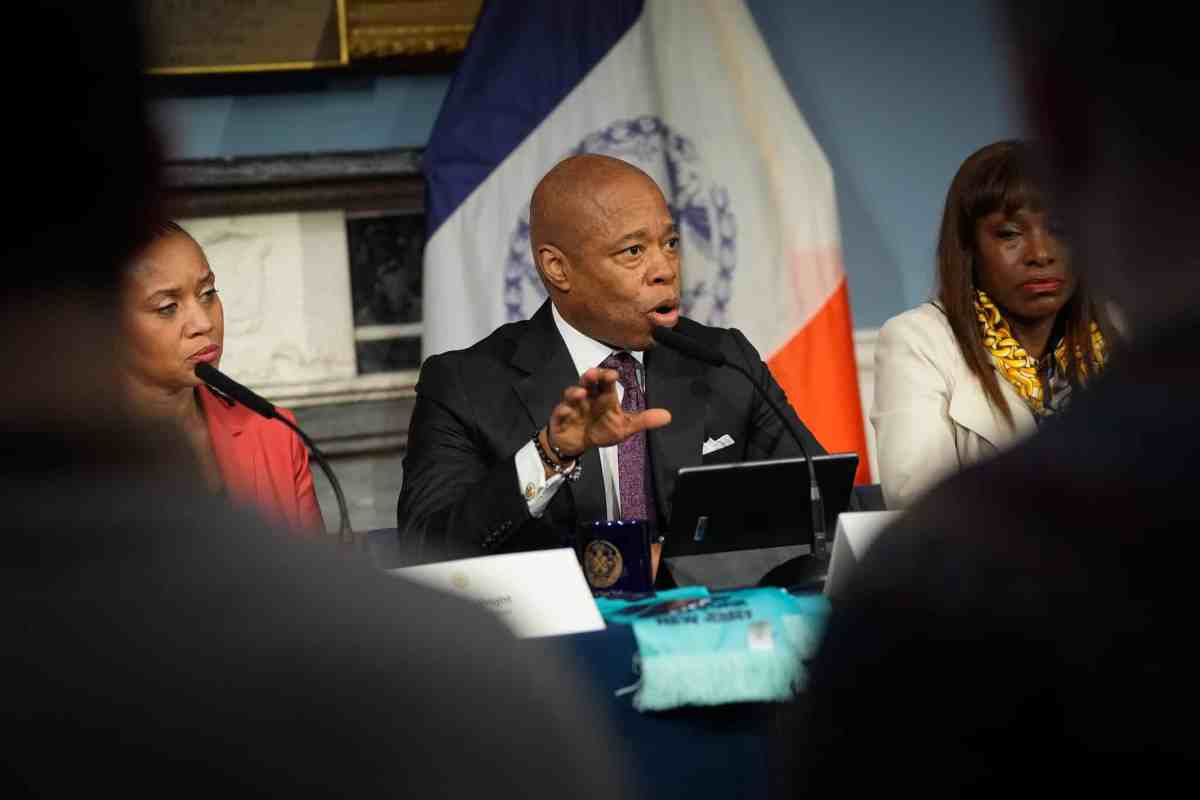By Ken Kowald
In the end-game (if it is the end-game) of The Great Recession, most of the state governments are missing a great source of revenue, which the public will not complain about.
You may have noted — if you didn’t yawn in those portions — that during the Republican debates (Lincoln is rolling over in his grave) there were at least two occasions when the audiences went wild with enthusiasm.
This was when the subject of the death penalty came up. Studies show that more than 60 percent of the American public believes in this barbarism (although that figure is lower than in the past), so why not take advantage of that desire to see miscreants put to death?
There was a time when executions were public spectacles in many places. Remember “A Tale of Two Cities”? These events welcomed the populace so that a lesson could be taught, the authorities believed. Youth and babes in arms were there. No one, as far as I know, paid to see these things.
But why not?
Together 35 states, the federal government and the military use some form of execution. Lethal injections are used in all of these jurisdictions. Electrocution is used in nine states, the gas chamber is used in four states, hanging is used in two states and the firing squad is used in Utah, but in none of these cases are these procedures the primary method. Oklahoma will use the firing squad only if lethal injection and electrocution are found unconstitutional.
You can check out all at the Bureau of Justice Statistics, Capital Punishment 2006, updated by the Death Penalty Information Center.
Thus far beheading is not on the books anywhere, but the guillotine in action is certainly worth watching, right?
So, how about making all these executions (it would surpass oil and gas as a source of revenue in Texas!) public events that you pay to watch?
The largest stadiums and auditoriums could be sold out to the cheering death penalty public. The closer the seat, the more expensive the ticket. The Penn State stadium, for example (execution in Pennsylvania is by lethal injection only) could hold more than 100,000 death fans.
What a bonanza for the state! Hey, they were going to kill the miscreant anyway, right?
And remember, the federal government and the military can get in on this act and make a few bucks, too.
Of course, there might be constitutional challenges to these public viewings, but smart legal moves could hold off the final verdict for years.
Meanwhile, the show goes on.
In case of last-minute reprieves, rain checks might be issued. Then again, think of the thrill of being in the stands awaiting the last word up to the last minute. Worth the price of admission!
After expenses, the states would be rolling in dough.
Think of the pre-execution tail-gating parties. Think of the mementoes that could be made and sold. Think of the lessons that could be taught to the young. A picture, after all–especially something live–is worth a thousand words or more.
Think about the profits.
Alas, New York state does not have the death penalty nor does New Jersey. But Connecticut and Pennsylvania do and maybe some of the tourist dollars could rub off on us.
And, maybe, just maybe, if this is a success elsewhere —-and why shouldn’t it be? — we might consider reviving the death penalty in New York state. You might ask your state legislators and the governor about it.
If almost two-thirds of the American public likes the death penalty, why not make it an occasion for not only pleasure but profit?
We are in dire economic circumstances. Bread is scarce, but everyone loves a circus. Here’s to Big Show Death Executions!
































